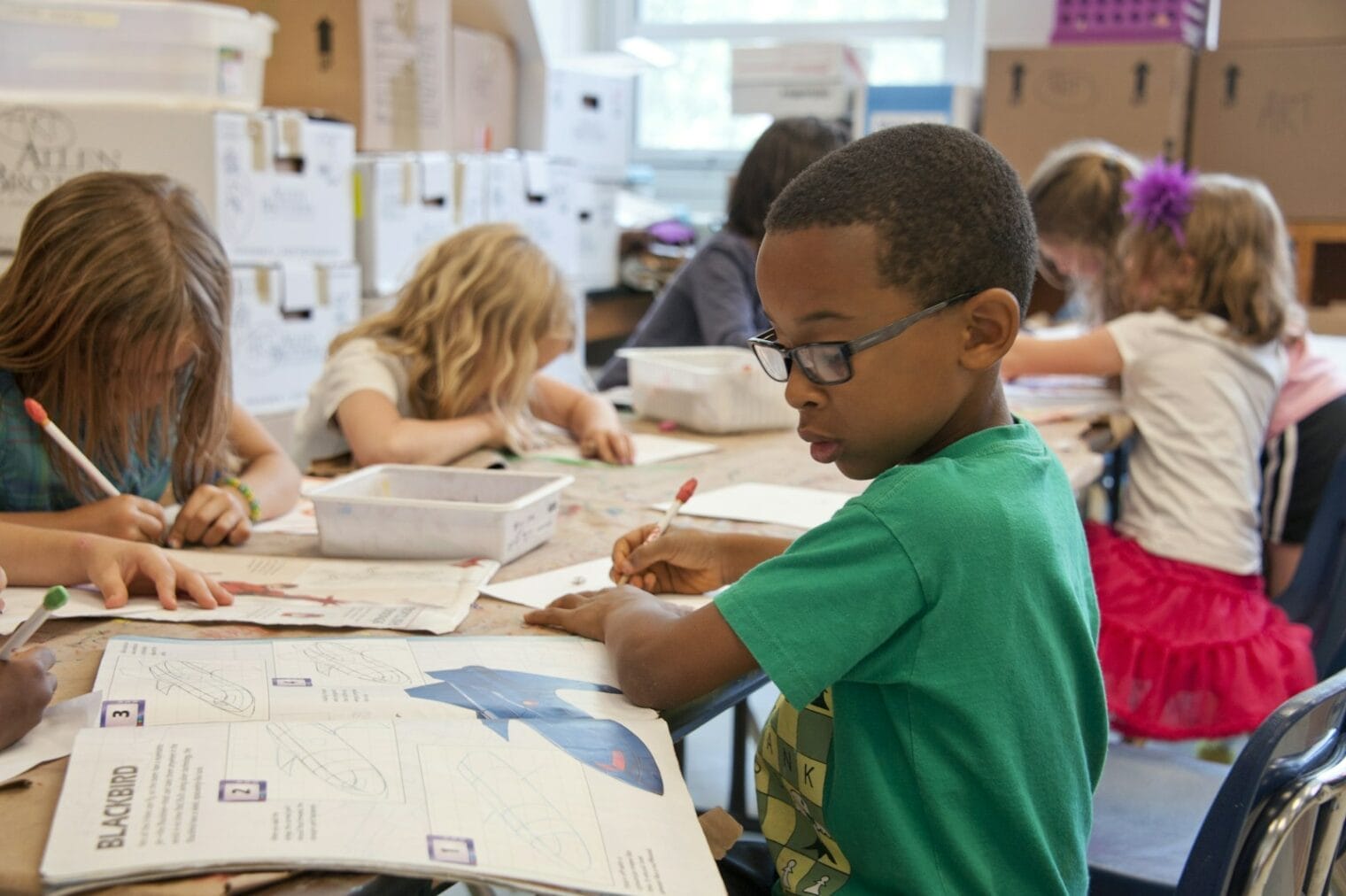Education
-

Unlocking Better Behavioral Support: How AI is Transforming Functional Behavior Assessments
Imagine a child struggling with severe emotional outbursts in school, a teen engaging in self-injurious behaviors, or an adult with autism experiencing daily frustration due to communication barriers. Families and educators often feel overwhelmed and unsure of how to help, leading to trial and error approaches that can frequently cause more harm than good. This…
-

What Is Resilience?
Resilience, the ability to adapt, tolerate stress, and bounce from failure and adversity, is an invaluable inner strength and a crucial determinant of ultimate success. The strength of resilience can transform inevitable life struggles into opportunities for growth. Even though this strength can be honed throughout adulthood, intentionally cultivating resilience from a young age elevates…



